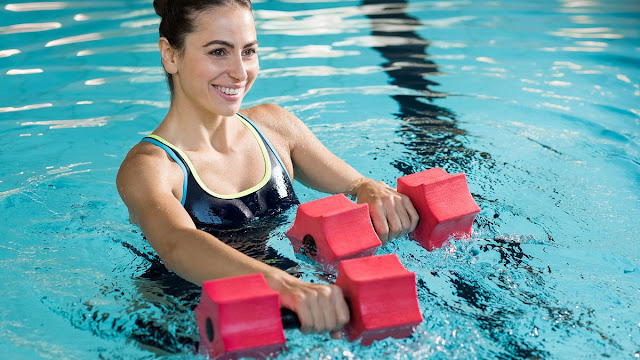The breaststroke is one of the most difficult strokes to learn. From a technical point of view, it doesn't look too much like the others with Lifeguard Classes. They don't even share the origin of the propulsion. In the case of the breaststroke, it comes mainly from the legs (70% from the legs and 30% from the arms).
HISTORY
Breaststroke is believed to be the oldest style and the first to be used for competitive purposes. Captain Matthew Webb was the first man to cross the English Channel, between Dover and Calais. He swam breaststroke continuously for 21 hours and 45 minutes. It was August 24 and 25, 1875.
BODY POSITION
Keep your body horizontal, in line with the surface of the water. The head should break the surface like a keel to allow you to breathe ahead.
LEGS
The movement of the legs consists of a shake with both limbs at the same time, which is executed after having brought the heels closer to the buttocks by bending the knees. Your feet should point outward during the kick so you can sweep in that direction and then bring them together again. The moment to execute the kick is at the end of the respiratory cycle.
ARMS
The movement of the upper extremities starts with the body in a horizontal position and the arms extended in front. The hands are together and the palms face outwards at a 40º angle. At the beginning of the push phase, keep your arms extended and row your hands almost exclusively outwards until you reach shoulder height. Then bend your elbows and simultaneously rotate your arms until your hands no longer follow a circular motion, but turn inward to meet under your chest. Keep your elbows bent during the recovery phase, which should be underwater with American Lifeguard Association Miami.
BREATHING
Breathe ahead. He raises his chest while you're propelling yourself with your arms. Then finish by pressing with your chest until you regain a horizontal position. This way you take full advantage of the momentum provided by the next kick.
TURN
When you make the turn (and on arrival) your hands should touch the wall at the same time. Draw your knees under your chest in preparation for a quick push off the wall. During the underwater phase you can take a full arm stroke to the side while executing a breaststroke kick and a butterfly kick
The fact that the breaststroke is so different from the other styles means that a breaststroker is often a very special type of swimmer and sometimes not particularly gifted at the other events. Therefore, here is my message to bracistas. Do not worry if the other strokes resist you: it is because you are "special".




0 Comments